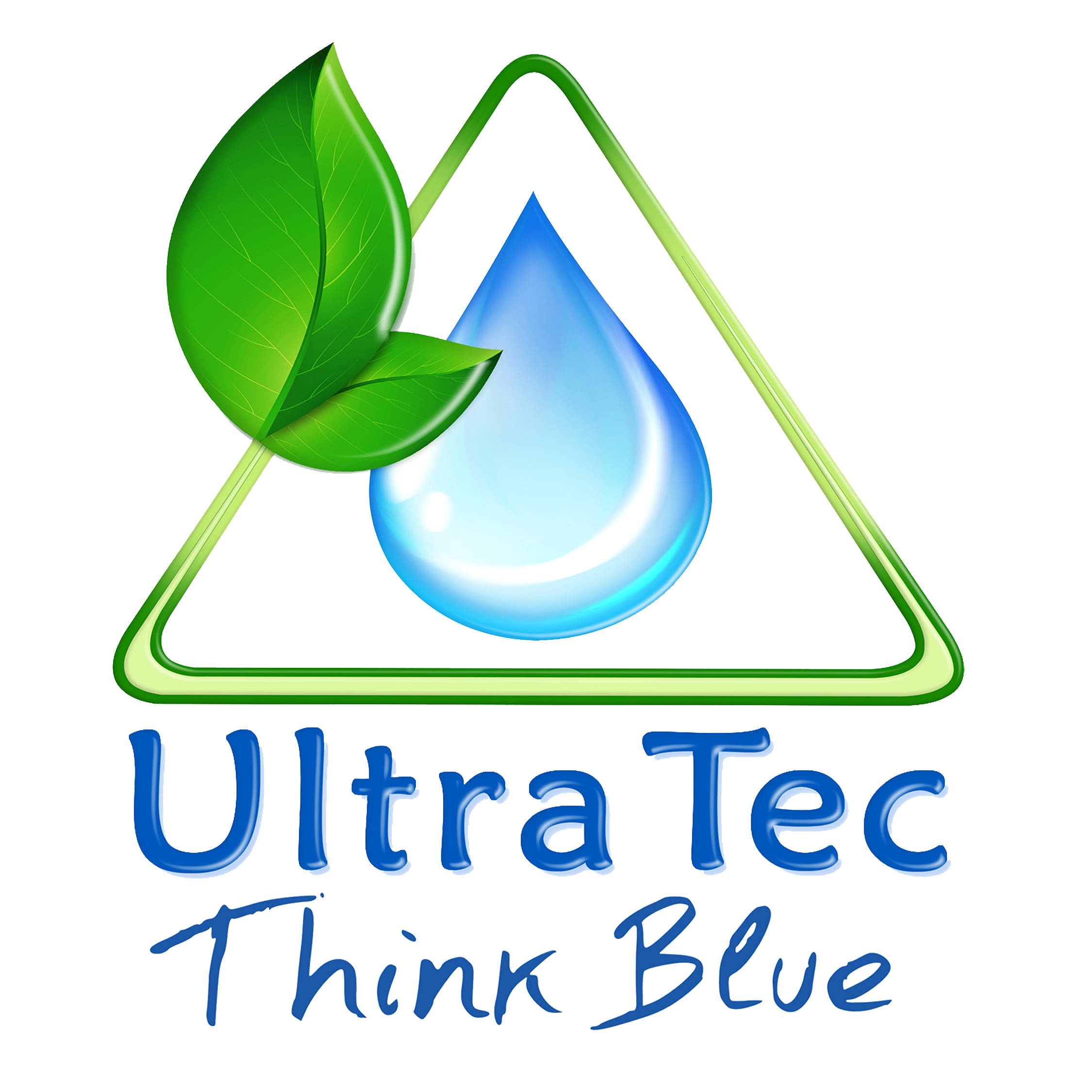What is a Reverse Osmosis plant? How Reverse osmosis plants work?
RO plants are the unsung heroes of water filtration; they are used to provide clean, clear water. In this comprehensive guide, we will define reverse osmosis facilities and examine their intricate workings . To see why they are crucial to the production of clean water.
Understanding Reverse Osmosis Plants
1.1 Definition of Reverse Osmosis Plant:
Reverse Osmosis (RO) is a water purification process that employs a semi-permeable membrane to remove impurities from water. A Reverse Osmosis plant is a sophisticated system designed to execute this process efficiently, ensuring the delivery of high-quality, contaminant-free water.
1.2 Components of an RO Plant:
Semi-permeable Membrane: The heart of the RO system, the membrane selectively allows water molecules to pass while blocking impurities.
Pre-Filters: These filters remove larger particles, sediment, and contaminants before water reaches the membrane.
Post-Filters: Ensuring a final polish, post-filters enhance water taste and purity after passing through the membrane.
How RO Plant Systems Work
2.1 The Osmosis Principle:
Before delving into reverse osmosis, it’s crucial to understand the natural process of osmosis. Osmosis is the movement of water molecules from an area of lower solute concentration to an area of higher solute concentration through a semi-permeable membrane.
2.2 Reverse Osmosis Process:
Pressure Application: In RO, pressure is applied to the water, reversing the natural osmosis process.
Semi-permeable Membrane: As water is forced through the membrane, contaminants such as minerals, bacteria, and chemicals are left behind.
Collection of Pure Water: The purified water emerges on the other side of the membrane, ready for consumption or further treatment.
2.3 Importance of RO in Water Treatment:
Removal of Contaminants: RO plants effectively remove a broad spectrum of impurities, including heavy metals, dissolved solids, and microorganisms.
Improvement of Taste and Odor: The process enhances the aesthetic qualities of water, ensuring it is not only safe but also palatable.
Benefits of Reverse Osmosis Plants
3.1 Health Benefits:
Elimination of Harmful Substances: RO systems contribute to the elimination of potentially harmful substances, promoting overall health.
3.2 Environmental Sustainability:
Reduced Dependency on Bottled Water: By providing a reliable source of purified water, RO plants contribute to reducing single-use plastic waste.
Conclusion:
In conclusion, Reverse Osmosis plants stand as technological marvels, offering a solution to our ever-growing need for clean and safe water. Understanding the intricacies of RO systems not only empowers us to make informed choices but also highlights the crucial role they play in enhancing our health and sustaining our environment. As we navigate the landscape of water purification, the journey through the wonders of Reverse Osmosis continues to shape a future where access to pure water is a fundamental right for all.

